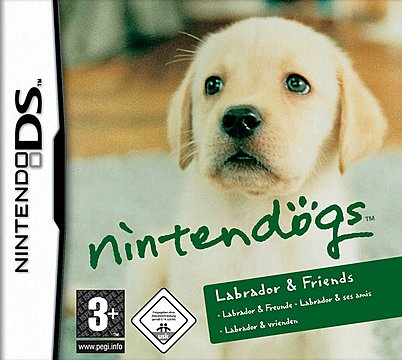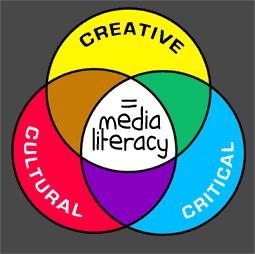The futures bright, the futures.....Apple? A few thoughts on modern technology.....

This week we have discussed how quickly technology advances and how some of the concepts that companies are coming up with could be used in the future. iCare found a very interesting video on how touch screen technology is advancing and the various formats and settings it can be used in. Some of the technology in this video is truly spectacular and I really can imaging it being used in the classroom as iCare suggested. I do wonder however, if we become to reliant on technology, what happens when it fails? I have personal experience of IWB software, internet and computers not functioning as expected while I have been delivering a lesson, despite testing it all before hand. When this happens it causes disruption to the class while the problem is fixed. I'm sure teachers taught successful lessons before the technology came into the classroom - otherwise people wouldn't be out there coming up with the new technology in the first place, they had to have learned stuff at school to get where they are now. I think we need to be careful about how much we rely on technology and maybe it should only be used as a resource rather than a method of teaching as is suggested in the video. It is very nice to have an IWB in the classroom, but should we not have a backup for when there is a problem? I know how easy it is to rely on technology, I am completely hooked on my iPad and would be lost without it. It has everything on it, course notes, lesson plans, books, notes, music, photos, internet and more. But, if i didn't back up regularly to my computer and I lost my iPad, I would literally have lost all my 2nd year notes, 5000 music tracks, 2500 photos, 23 books and my 'anytime' internet. Is it really worth the risk?
I do think modern technology has its place in the classroom, but I think its use has to be carefully planned, tried and tested before it is used with the children. Technology, when used appropriately can be an invaluable resource and also makes learning relevant to our children who are growing up with it. I have mentioned in an earlier post why making learning relevant is so important.
The above video shows the Samsung flexible screen in action. I can see something like this in school as it would not be as easy to break as a Nintendo DS, iPad or iPod. Maybe the future iPod will come in this form?
Linking back to my original statement the future is certainly bright, when the use of technology is well implemented and planned in the classroom.















